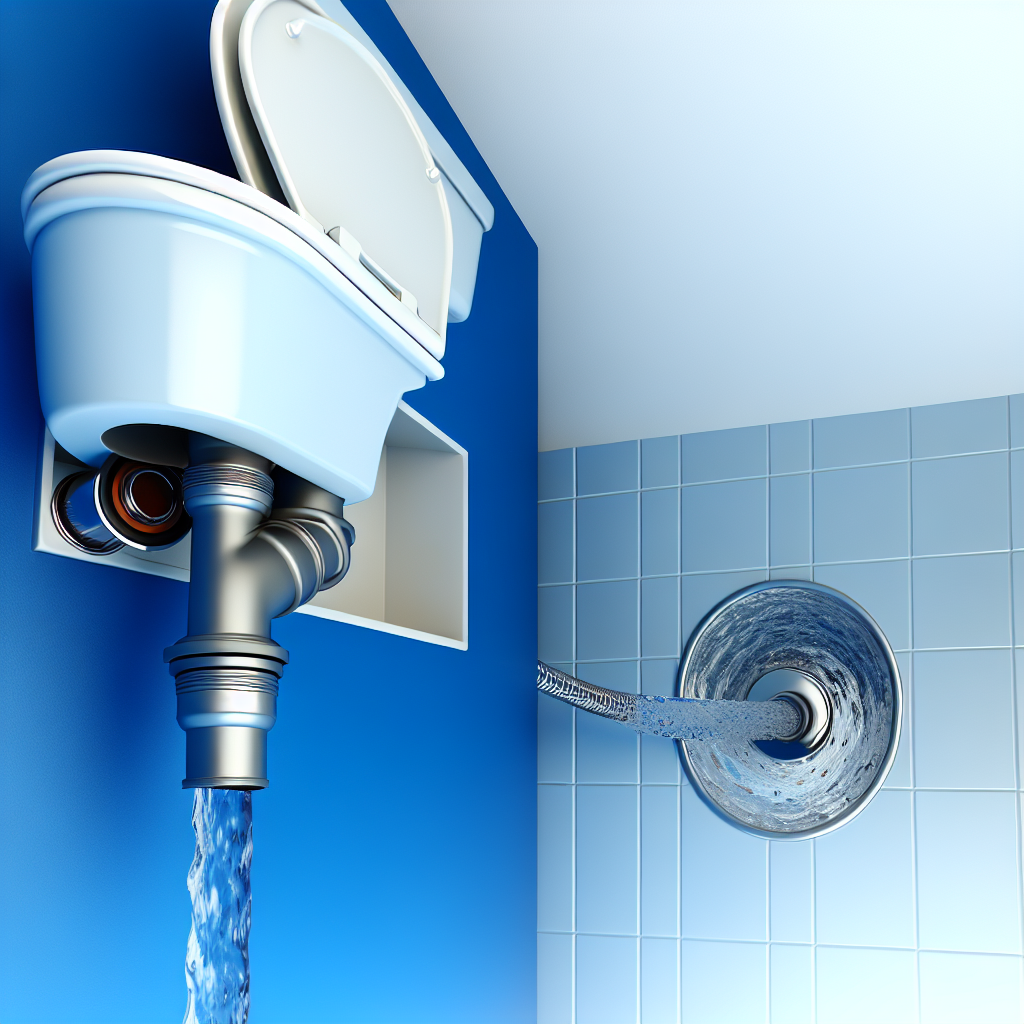A toilet is a vital fixture in modern sanitation, designed to efficiently remove waste and maintain hygiene. Understanding how a toilet works can deepen appreciation for this everyday convenience and help troubleshoot common issues. In this article, we’ll explore the key mechanisms behind a toilet’s operation, from flushing to waste removal, to give you a comprehensive overview of this essential device.
How a Toilet Flushing System Works
The core function of a toilet centers around its flushing mechanism, which seamlessly integrates several components to clear waste effectively. When a user presses the flush button or lever, a series of interconnected parts activate to release water into the bowl and carry waste away into the plumbing system.
Here’s a closer look at the key parts involved:
- Float Ball or Float Valve: Regulates the water level in the tank by rising with water, triggering the fill valve to shut off when the tank is full.
- Fill Valve: Controls the inflow of water into the tank, opening when the tank needs refilling.
- Flush Valve: Opens to release the stored water into the bowl during a flush, often fitted with a flapper or a seal to prevent leaks.
- Overflow Tube: Prevents overfilling by directing excess water into the bowl if the fill valve fails.
Upon pressing the flush handle, the flapper lifts, allowing water stored in the tank to rapidly flow through the flush valve and into the bowl, creating a siphoning effect that evacuates waste into the drainpipe. Once emptied, the flapper reseals, and the fill valve replenishes the tank for the next use.
Trap, Bowl, and Waste Removal
Beyond the flushing mechanism, the design of the toilet bowl and the trap plays a crucial role in its operation. The trap is a curved section of pipe beneath the bowl, filled with water to form a seal that prevents sewer gases from entering the bathroom. It also aids in maintaining the siphon effect necessary for efficient waste removal.
The bowl is designed to facilitate waste collection and ensure a thorough rinse during each flush. When water is released from the tank, it flows into the bowl with enough force to initiate a siphoning action, which pulls waste through the trap and into the sewage system.
In addition to the mechanical parts, toilet design focuses on ease of cleaning and preventing blockages, which are common issues. Regular maintenance and mindful usage help keep the flushing system operating smoothly, ensuring hygiene and comfort in daily life.
In summary, a toilet functions through a combination of interconnected components that control water flow and waste removal. From the initial flush trigger to the siphoning action in the trap, each part plays a vital role in maintaining sanitation efficiently. Understanding these mechanisms helps in troubleshooting problems and appreciating the engineering behind this everyday fixture, ultimately contributing to better maintenance and longevity of your toilet.
